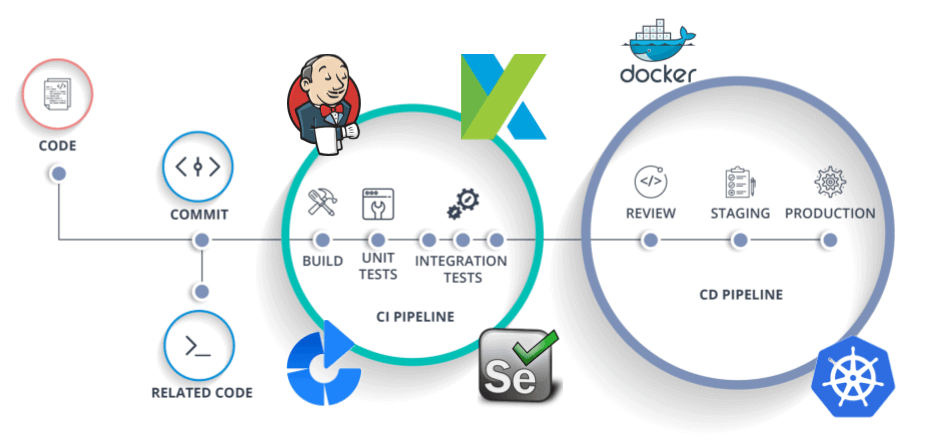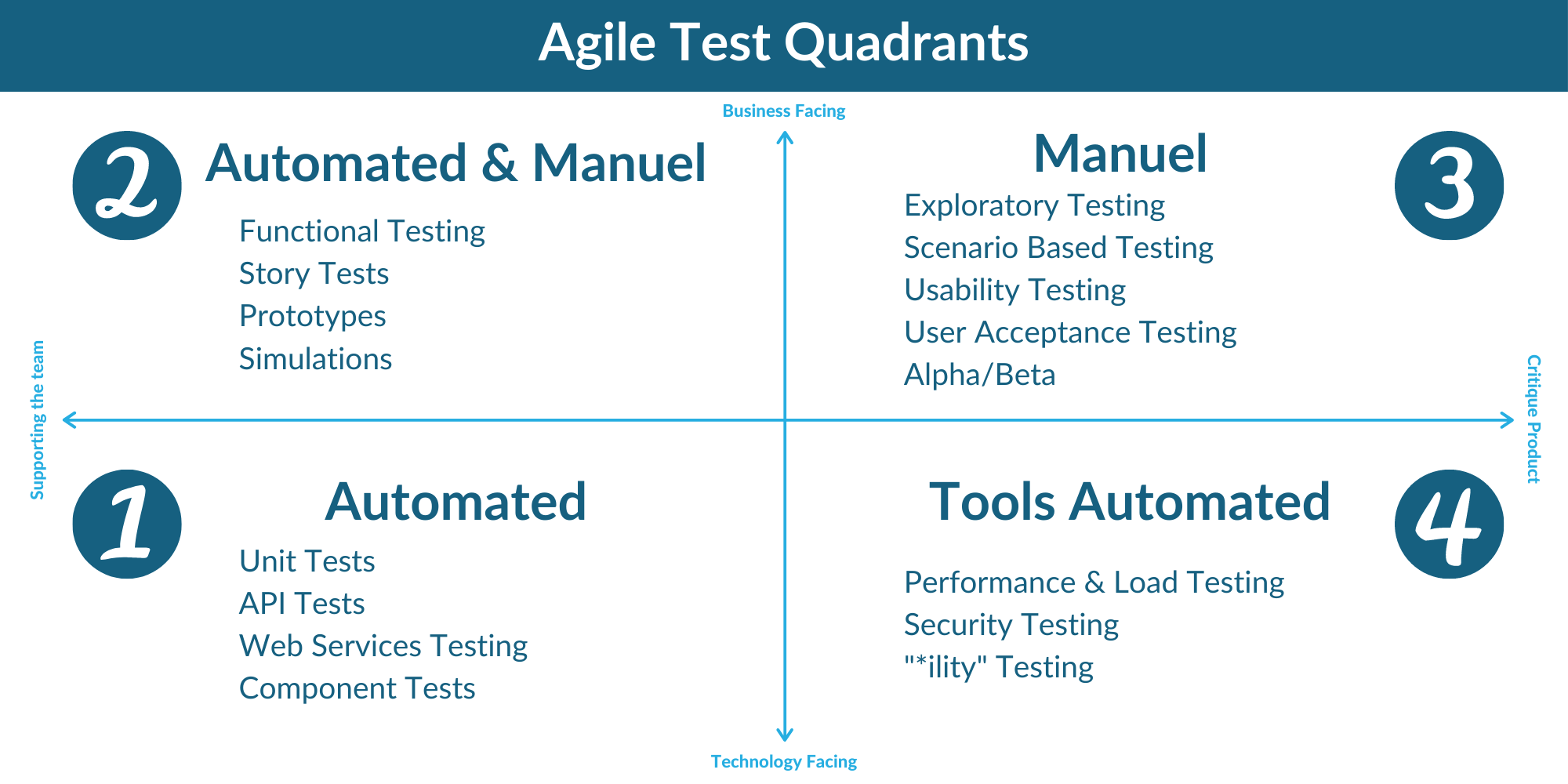The Secret to Agile Delivery During Unprecedented Digital Demand
This blog is an updated view on our previous post: Truly Becoming Agile by Piping In Automation Testing. In this update, we explore automation and agile delivery through the lens of this year’s increased digital demands, and with updated data from Katalon’s Test Automation Landscape Report. Download the report here.
2020 Marks a New Era in Digital Solutions
This year has brought an unprecedented change in global business. While digital solutions have been on the rise for many years, COVID-19 unexpectedly catapulted digital adoption forward, leaving the market scrambling to navigate this important inflection point.
According to a report by McKinsey,
“Recent data shows that we have vaulted five years forward in consumer and business digital adoption in a matter of around eight weeks.”
This is because consumer behaviors and preferred interaction channels have drastically shifted in response to the virus.
However, even as a vaccine becomes available, the need for digital channels is not expected to change significantly. In fact, 75% of those using digital channels for the first time, intend to continue doing so long term.
Scale your development efforts now with KMS engineers

The Secret to Agile Delivery
To meet this growing demand and remain competitive, pressure is on for rapid software development. Agile platforms and teams are more important than ever.
But, what is the secret to agile delivery?
The answer might surprise you. It’s Test Automation.
Why is Test Automation So Important Right Now
Let’s break things down. Stakeholders and customers have high expectations and low tolerance for defects. This makes quality assurance (QA) a key focus for any company hoping to compete.
However, testing has traditionally been a bottleneck in the Software Development Lifecycle. This leaves teams searching for a solution that balances full-throttle delivery speeds but maintains product quality and security.
Test Automation strikes that balance and enables teams to maintain or accelerate pace without sacrificing product integrity. This is why automation is the secret weapon for truly agile teams.
Benefits of Test Automation for Agile Delivery
But, it’s not so secret anymore. According to Katalon’s report, Test Automation Landscape in 2020, 87% of companies have started adopting automation, with 70% having leveraged automation for over a year.
“Automation is seen as an essential part of a successful Agile and DevOps transformation…Automation is also an enabler for organizations to focus on delivering Quality at Speed, which means shortening time to market while achieving the desired quality of delivery and user satisfaction”
Automation addresses many testing challenges such as low team bandwidth, long regression cycles, limited test coverage, narrow automation focus, and more.
By spreading testing throughout the delivery cycle, companies increase the efficiency of their teams AND keep continuous delivery in motion.
Benefits include:
- Faster iteration
- Wider coverage
- More confidence
- More bandwidth for testers to do actual testing!
Tools to Automate Testing Throughout the CI/CD Pipeline
For organizations looking to adopt automation or improve automation efficiency, we recommend combining a few different tools. According to Katalon’s report, 89% of organizations are using at least 2 tools in their automation projects.

Why? Different tools support different parts of the Continuous Integration / Continuous Delivery (CI/CD) Pipeline, so it’s important to find the right blend of tools for your platform.

Need help building your automation strategy? Learn more about our Automation Consulting service.

What Tests Should We Automate?
Now that we have looked at tool options, where does automation start?
A lot of teams tend to focus on automating UI (user interface) tests. It makes sense, your customers directly interact with your UI.
But, automating UI tests is not enough to enable agile software development. These tests are time-consuming, flakier, and harder to maintain.
In times where speed and agility is key, this might not prove the best use of time. That said, let’s look at both N-Tier and Microservices architectures.

Segment size matters–and you want to distribute automation focus accordingly.
For N-Tier platforms, focus on Unit Tests, followed by component tests, integration, and so on.
Another way to develop your automation strategy is with Liza Crispin’s Agile Test Quadrants. In the image below, you can see where different tests fall within these quadrants.

By understanding the effects of automating different tests, you can weave automation throughout the software development lifecycle (SDLC).
Setting Up Automated Testing
Once you know which tests to automate, you can begin automation set up:
- Create logical test suites.
- Select and choose what tests suites are needed.
- Configure automation tools with CI/CD server
- Trigger and run tests
- Report and analyze results
Or, if you want to make things even easier, accelerate automation with KMS.






